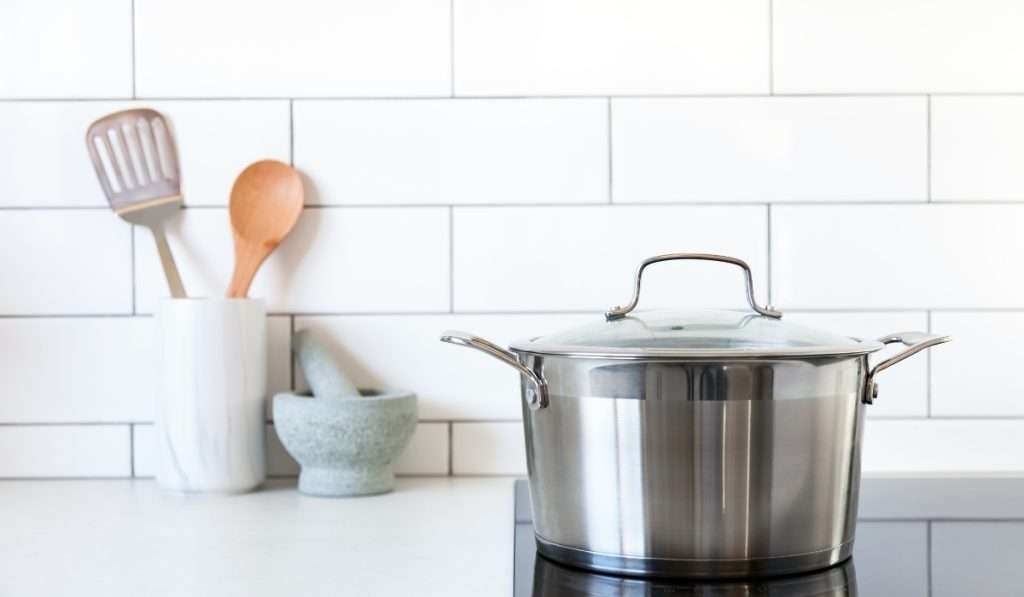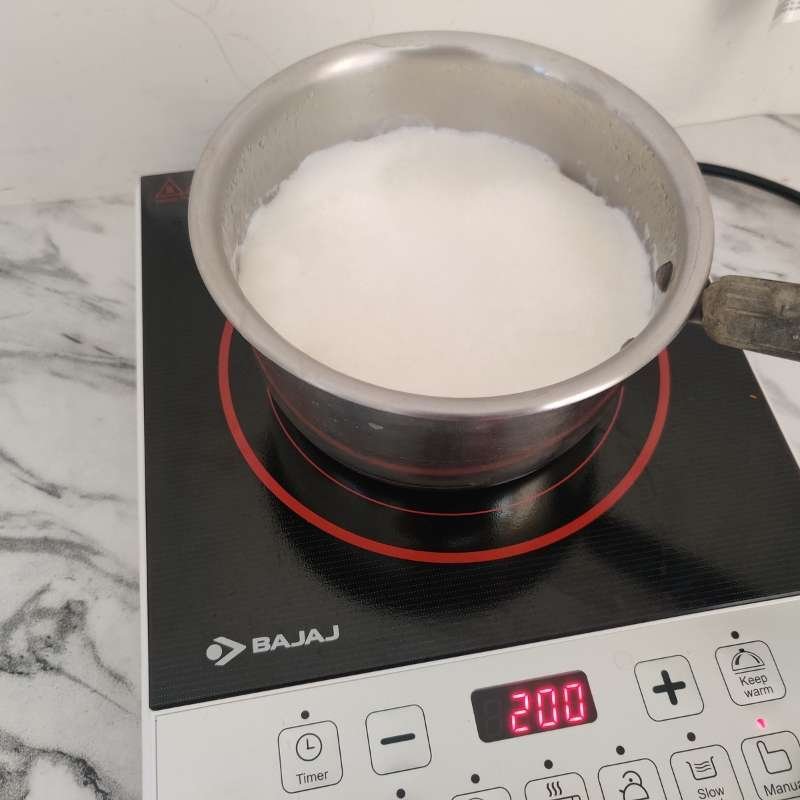Induction cooktops are relatively new entrants to the Indian market. It became popular among Indian consumers in the 2010s owing to its quick heating capability and energy efficiency. Although it may look similar to the more traditional heater or electric cooktop, its working principle is quite different in comparison.
The device uses electromagnetic energy to heat the cookware. In this process, the alternating current is passed through a coil of copper wire under the cooktop’s surface. This creates a magnetic field that induces an electric current in compatible utensils placed on top of the cooktop. This process creates eddy currents in the metal utensil, which in turn generates heat. The main component of this device is the copper coil which is responsible for heating the utensil. The advantage of this technology is that the heat is generated directly in the utensil instead of the heat being transferred to the cooktop’s surface.
Currently, with a major shift in lifestyle choices among modern Indians especially in the urban setting, induction cooktops are preferred by many since it is convenient, fast, and easy to maintain compared to the older variants of cooktop including the gas stove.
Compatible Cookware

A key aspect that you need to know about induction cookware is that not all cookwares are compatible with them. First of all, the cookware should have a flat bottom. This rules out appam chatti and round-bottom kadai. Next, as it works on electromagnetic energy, the cookware should have iron content. So, aluminium, brass, bronze etc, cannot be used, unless they have an induction base. Some aluminium pressure cookers from Prestige come this way.
Advantages and Challenges
With more emphasis on efficiency, convenience, and safety, induction cooktops are advantageous in the following manner.
- Energy efficient: The cooktop directly heats the utensil placed on it instead of the air around it, which results in faster and uniform heating of the cookware. This results in higher energy savings too.
- No risk of flame: Since the device does not emit any flame, it does not pose the risk of fire. The surface can still become hot since the heat passes through it before it comes in contact with the cookware.
- Precision: This device allows precise temperature control making it easier to cook delicate dishes where temperature needs to be maintained. This applies particularly to the preparation of sauce, marinade, soup, dessert etc.
- Fast heating: Heat is transferred to the cookware directly minimising waste and the temperature can also be increased to a higher degree compared to the traditional variants.
- Easy maintenance: The device’s surface is flat, which makes it easier to clean. Also, with increased demand for this product, its repairing and service can be done quite easily.
- Eco-friendly: The device consumes lesser energy compared to other variants of the cooktop and also emits less greenhouse gas in comparison.
- Activation: The cooktop gets activated only when we place compatible cookware on its surface. It also has an auto-off feature if the device is not being used for a long gap.

That being said, one of the main disadvantages is that it is not the best option for frying. The copper coil element is just around 7-8cm wide in most induction cooktops. So, heat tends to be concentrated in this area. So when making dosa or shallow-frying, you will find that the centre is brown and the edges remain white. Also, as it needs electricity to work, induction stoves may not be dependable in places with constant power interuptions.
How To Use Induction Cooktops?

Rest assured, mastering the use of an induction cooktop is easier than the traditional variants. It may look overwhelming at first sight since it usually comes with several buttons and instructions. However, all of that is only to make your life easier. All you need to do is follow these easy steps to get started.
- Plug the device and place it on a flat surface
- Once the device is on, place the compatible cookware on top of it. The bottom of these devices is always flat and fits perfectly on the surface for maximum contact. Usually, cookware with 10-20cm diameter is ideal. Heat may not conduct evenly in larger cookware.
- If using the induction stove in manual mode, set the temperature/wattage and run it.
- Most of these induction stoves come with several pre-set buttons such as boiling, pressure cook, deep fry, sauté, etc. Just choose the right option and press it. Modes like boil milk are incredibly helpful as it boils milk without letting it spill over.
- Cook the food as you would on any other device and switch it off once it is done. However, if you are shallow frying, move the food items frequently, or else all pieces won’t get uniformly cooked.
- Wipe the cooktop surface with a damp cloth to get rid of spills and other waste items.
And you are done!
Even if you forget to unplug, the device has an auto-off feature which will kickstart within a couple of minutes if left unused. Quite a nifty feature that keeps you safe and also ensures your monthly electricity bill is never a shocker.
Try doing that with a gas stove or a heater!
Conclusion
All in all, induction cooktops are perfect for the fast-paced life of the modern urban landscape. It is built to combine efficient and safe cooking without compromising on things you have grown to love. You can still make instant noodles, heat milk and water, make an elaborate chicken dish or a biryani, boil an egg, and so on.
After all, the true joy in life is in cooking a scrumptious meal and also having it. Why would we ever compromise on that?
